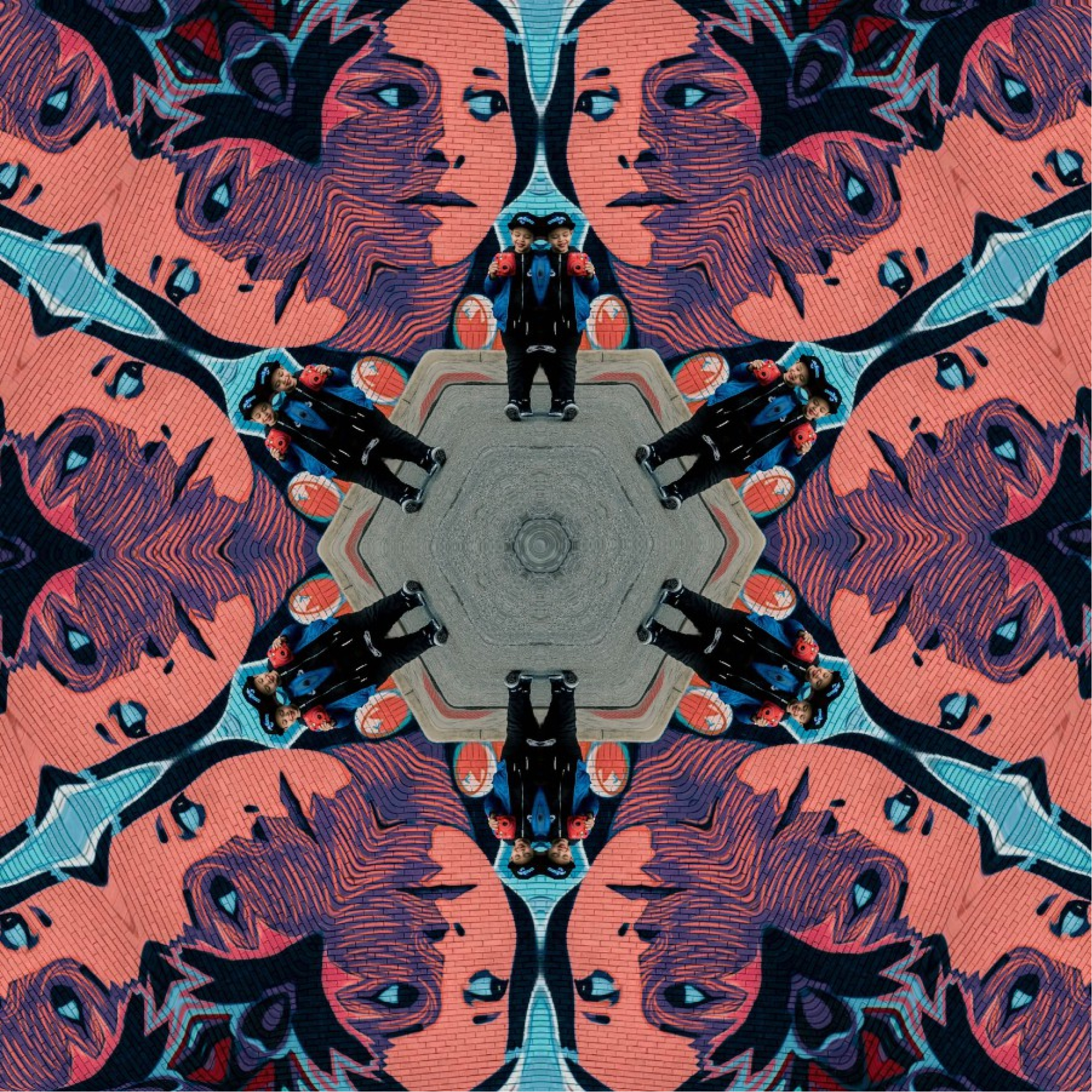
Six guiding principles are the foundation of student-powered improvement.
Distilled from powerful examples of student-powered improvement around the country, the six guiding principles and the mindsets behind them help ensure that the youth involved can work from a place of agency and empowerment. The principles operationalize equity. They move teams towards joy and connection. And, they foster authentic and meaningful partnerships to address challenging problems.

Attending to who is invited to participate and who is not is central to disrupting and reimagining more equitable systems. Who are the students who have historically been excluded, ignored, or marginalized by school systems? Which students hold marginalized social, cultural, and political identities such as race, sexuality, class, gender, or ability? Which students are most impacted by the systems you are trying to improve? Like most collaborative efforts, a diverse representation of skills, experiences, and perspectives is highly encouraged with student-powered improvement.
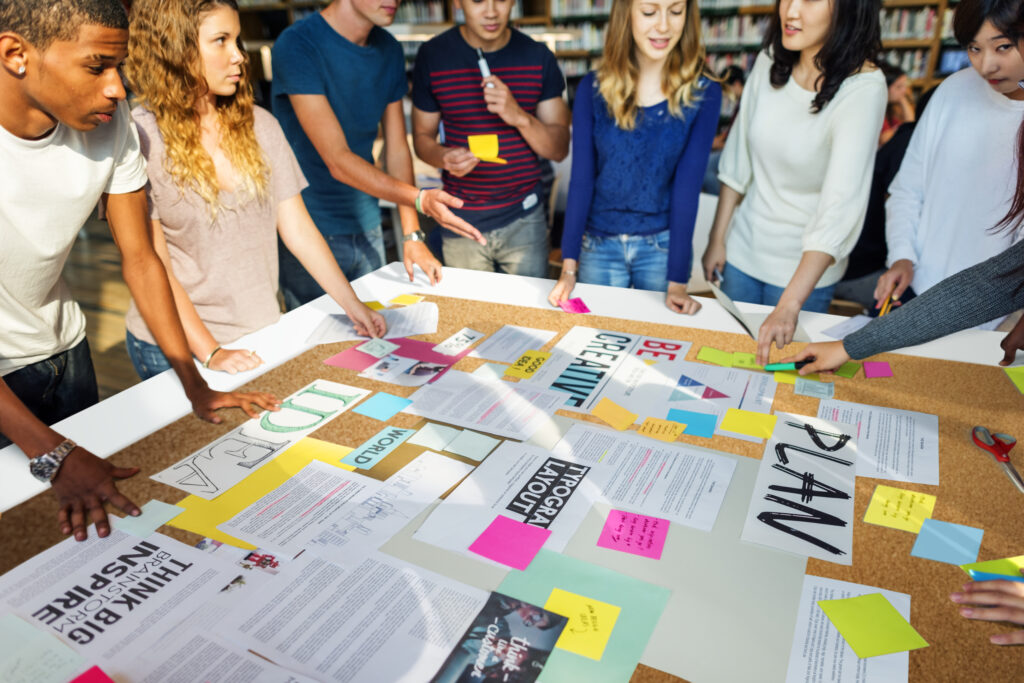
A critical guiding principle of student-powered improvement is to create spaces of care, truth, and hope. This must be a collaborative effort by young people and adults—develop deep, meaningful, and authentic relationships; uncover and make sense of various forms of truth as a guide for action; and find ways to channel and operationalize hope. These efforts need ongoing attention. This principle is a necessary first step in creating the conditions that allows both youth and adults to participate as their most empowered selves.

Most school systems operate on the belief that adults possess a greater amount of knowledge and expertise than students. Student-powered improvement asks us to re-think the power dynamics held in conventional school hierarchies that place adults as the sole experts, solution designers, and decision-makers, and youth only as the passive learners and receivers of solutions. By reimagining power, privilege, and agency to see students not only as the experts of their own lived experiences but also equal agents of change, we will be able to meaningfully partner to make sustainable changes.
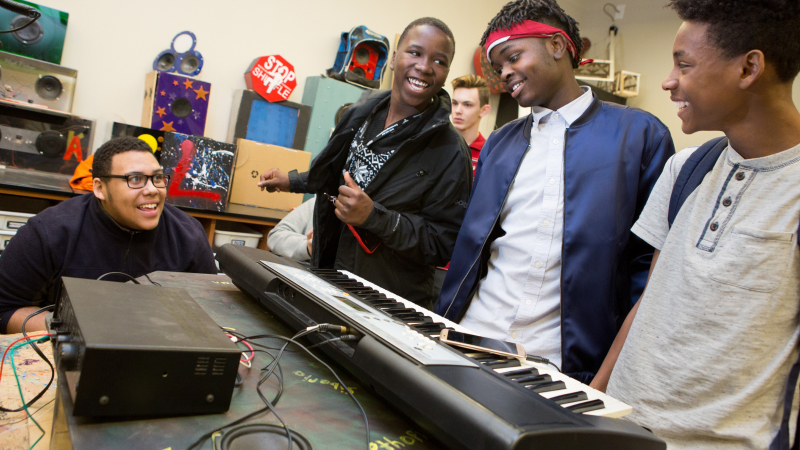

What knowledge, skills, and mindsets might be necessary to tackle the issues you are addressing through student-powered improvement? Teams should collaboratively identify the knowledge and skills already in participants’ toolboxes, and what might need to be added or tuned up along the way. Taking time for everyone to learn how the current system operates helps ensure everyone enters an improvement journey with a common foundation. Demystifying jargon is a must. Learning and practicing skills such as listening or providing feedback is important for students and adults.
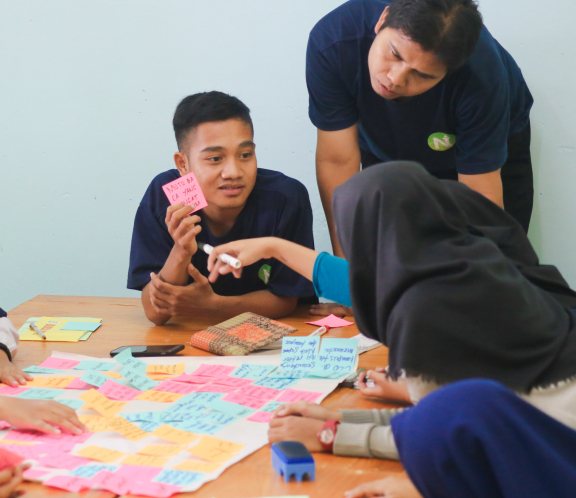

Student-powered improvement has the potential to create a seismic systems shift in approaches to school improvement. To make this shift sustainable, there must be attention to:
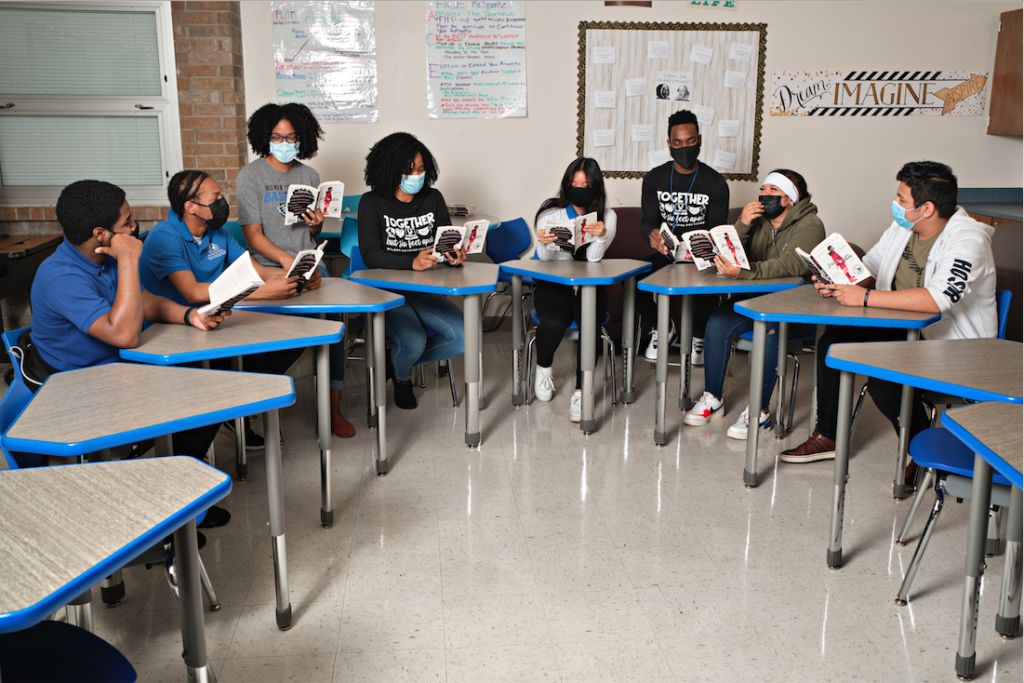

Change, driven by the entire school community, is the ultimate goal of any improvement effort. Involving the community broadens perspectives and deepens the capacity for real change. Who are the communities who have been excluded, ignored, silenced, or marginalized by school systems? How might their voices and perspectives not only be heard, but amplified as partners in change? How might the vast and diverse array of resources in communities (familial capital, social capital, linguistic capital, etc.) become strengths for community-powered improvement?
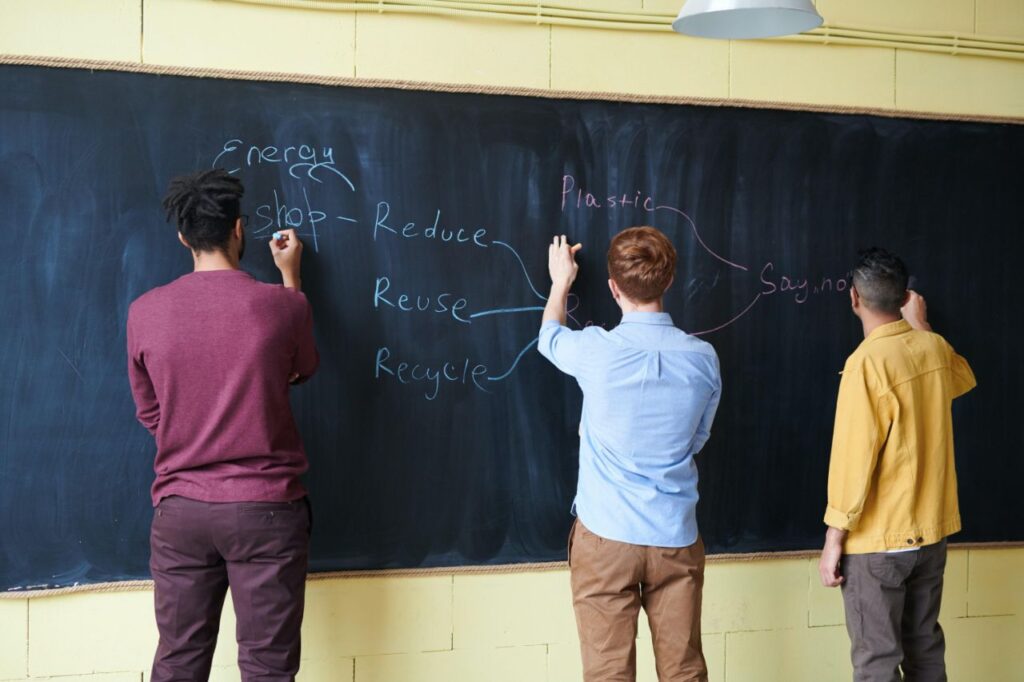
Mindsets – defined as your beliefs, assumptions and expectations – are the anchor for all of the guiding principles. Mindsets influence how you think, feel, and behave in any given situation. One of the most critical mindsets in Student-Powered Improvement is vulnerability, which is a willingness to authentically engage with oneself and others, even in the face of discomfort. Vulnerability is made up of many other beliefs and behaviors such as openness and authenticity, empathy and compassion, acceptance of imperfection, courage to share, and more. Luckily, mindsets are changeable; they can be shaped and reshaped within an individual and across a community.

